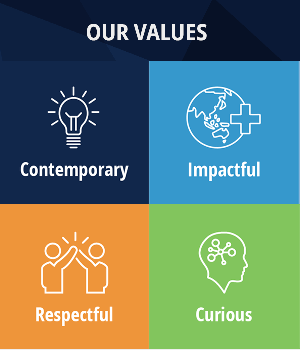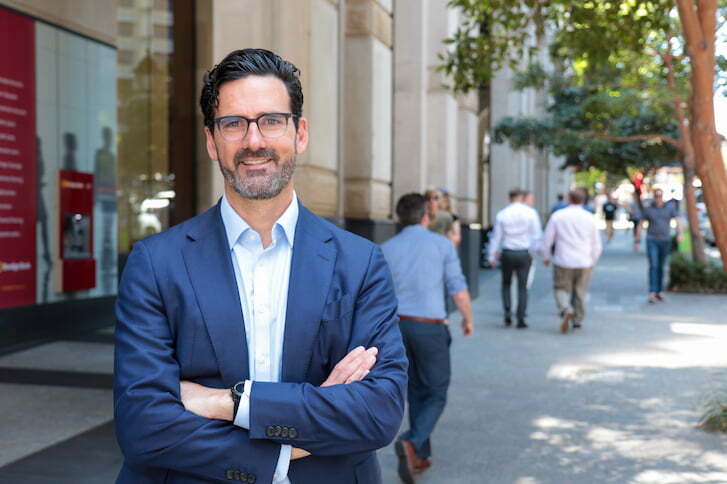When it comes to customer experience — satisfaction just doesn’t cut it. It’s a revelation that turned business thinking on its head about 20 years ago.
It was 1995 when two lecturers at Harvard Business School noticed something unusual.
Customers who reported themselves “satisfied” on satisfaction surveys were just as likely to leave a business and go to a competitor as unhappy customers.
A year-long study of banking clients found 6 per cent of “extremely satisfied” customers closed their accounts, while in the same period a near identical 5.8 per cent of “unsatisfied customers” did the same.
Researchers concluded it was customers’ sense of “loyalty” rather than “satisfaction” that determined whether they stayed or jumped ship.
For years people had been focused on the wrong metric.
The average business loses around 10 per cent of their client base each year. If you can cut that figure to 5 per cent, analysts estimate you will see a resulting rise in profits anywhere from 25 to 125 per cent.
So how do you create loyal customers? It’s all about the experience. Three things you can do to improve your customer experience AND drive loyalty are:
1. Be consistent
Consumers like knowing what to expect from a brand. We’ve all heard people complain about “hit and miss” businesses, where the level of service varies according to staff members.
A Perth marketing expert recommends every business eliminate this uncertainty by drawing up a document describing the ideal customer experience.
“Map out every possible way the customer can interact with the organisation and work out exactly how they should feel when they walk away — the experience they should have had,” he says.
“In too many cases businesses just let customer experience just come by chance. Creating a customer experience document that everyone in your organisation can read and understand gives you a huge leg-up when it comes to customers.”
It also helps staff understand your business goals and expectations.
2. Make it easy – especially when there is a problem
Customers gravitate towards businesses that make their life easier. A large part of the appeal of Uber over taxis was not pricing, but ease of use.
A study which asked consumers what service offerings they most valued, the top three included free delivery and a no-questions returns policy.
It’s clear customers want convenience. And if they do encounter a problem, resolving it quickly is highly valued and builds loyalty.
3, Surprise and delight
People expect to be satisfied — but not much more. Which is why small efforts to surprise and personalise the customer experience can reap big rewards in the loyalty department.
These small gestures don’t need to be expensive. A handwritten note or personalised email goes a long way.
Along with a formal loyalty program, consider delivering unexpected rewards (a discount voucher or some product samples) to customers who have spent large amounts or order regularly.












